
I. Desination
Use compression techique of H.264 to decrease the memory saving by video surveillance system.
II. The System Structure
¡·Webcom¡BUSB camera¡Bimage capturing card or other image input devices.
¡·Directshow image capturing program.
¡·JM 10.1(H.264 reference software)
III. Flow Chart

IV. Implemetations
Test(For the static object; width-320; height-240; 10 frames):
The captured yuv file (1125 KB):
After compressing:
V. Statistics
VI. Conclusions and Suggestions
1. Few differences in the first five captured frames
I have been working hard to find the reason. But I still cannot find it out even if I use the debugger and step into the callback function. This is the problem left unknown and I hope I can solve it afterward.
2. This project does not work well in real-time
It is because compression time is too long for the camera to capture two frames in a short time interval. Even if it works with size 176*144, the resolution of the output file is too low. If we want a better resolution, the capturing size has to be at least 320*240. But the compression time is too long to reach real-time operation. There are two approaches to speed up the execution of real-time compression. One is to develop a faster algorithm, and the other one is to use hardware for compression.
VI. Reference
1. H.264/MPEG-4 AVC ¡V Wikipedia, the free encyclopedia, from http://en.wikipedia.org/wiki/H.264/MPEG-4_AVC
2. FOURCC.org ¡V YUV formats from http://www.fourcc.org/yuv.php
3. Iain E. G. Richardson, the Robert Gordon University, Aberdeen, UK. H.264 and MPEG-4 Video Compression, video Coding for Next-generation Multimedia, The Atrium, Southern Gate, Chichester, West Sussex, PO19 8SQ, England.
Before compressing:
frame5  frame6
frame6 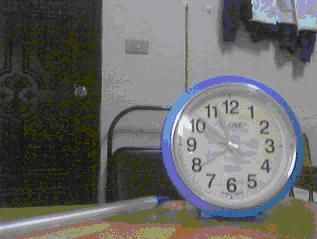
frame7 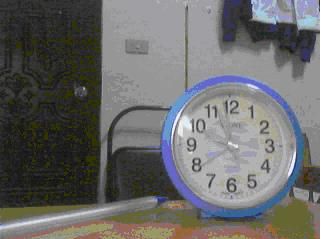 frame8
frame8 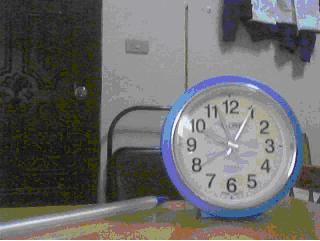
frame9 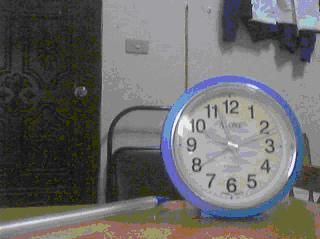 frame10
frame10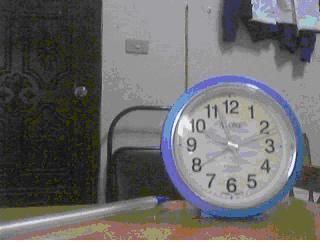
frame5 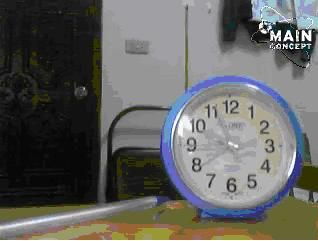 frame6
frame6 
frame7 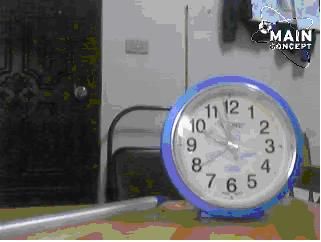 frame8
frame8 
frame9 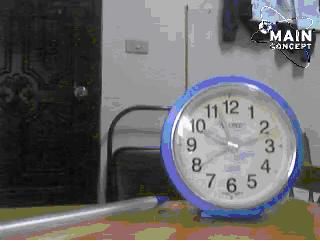 frame10
frame10
